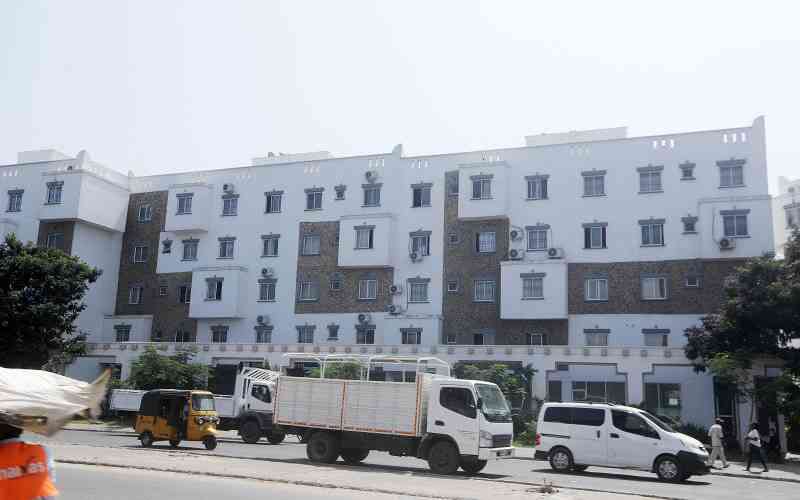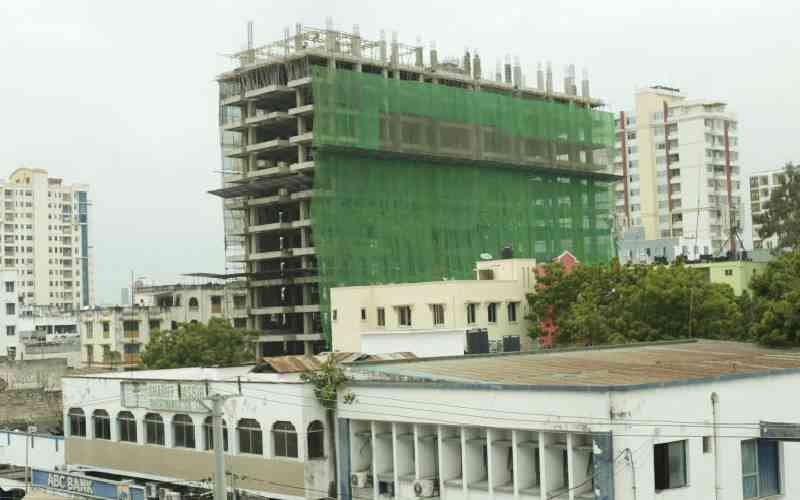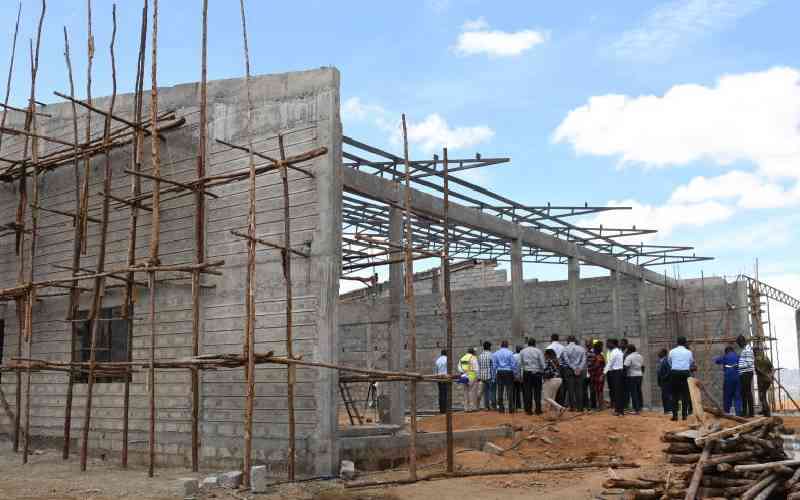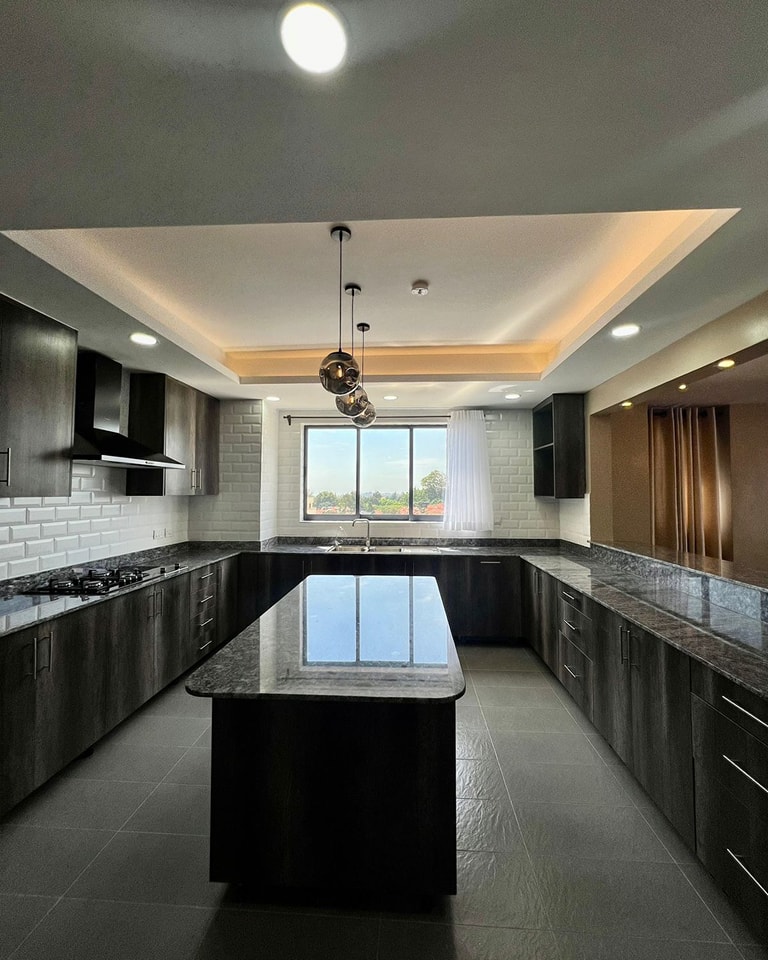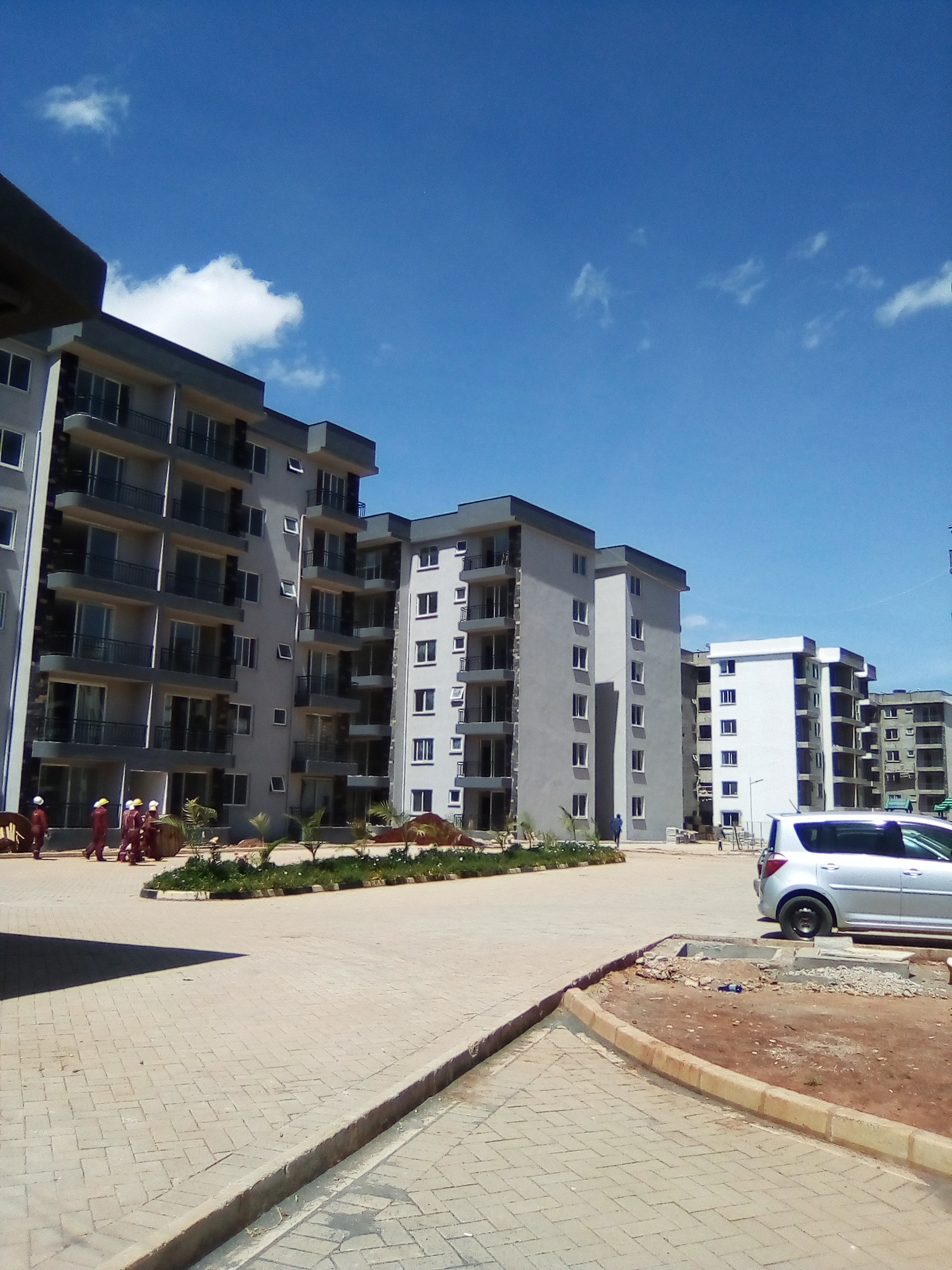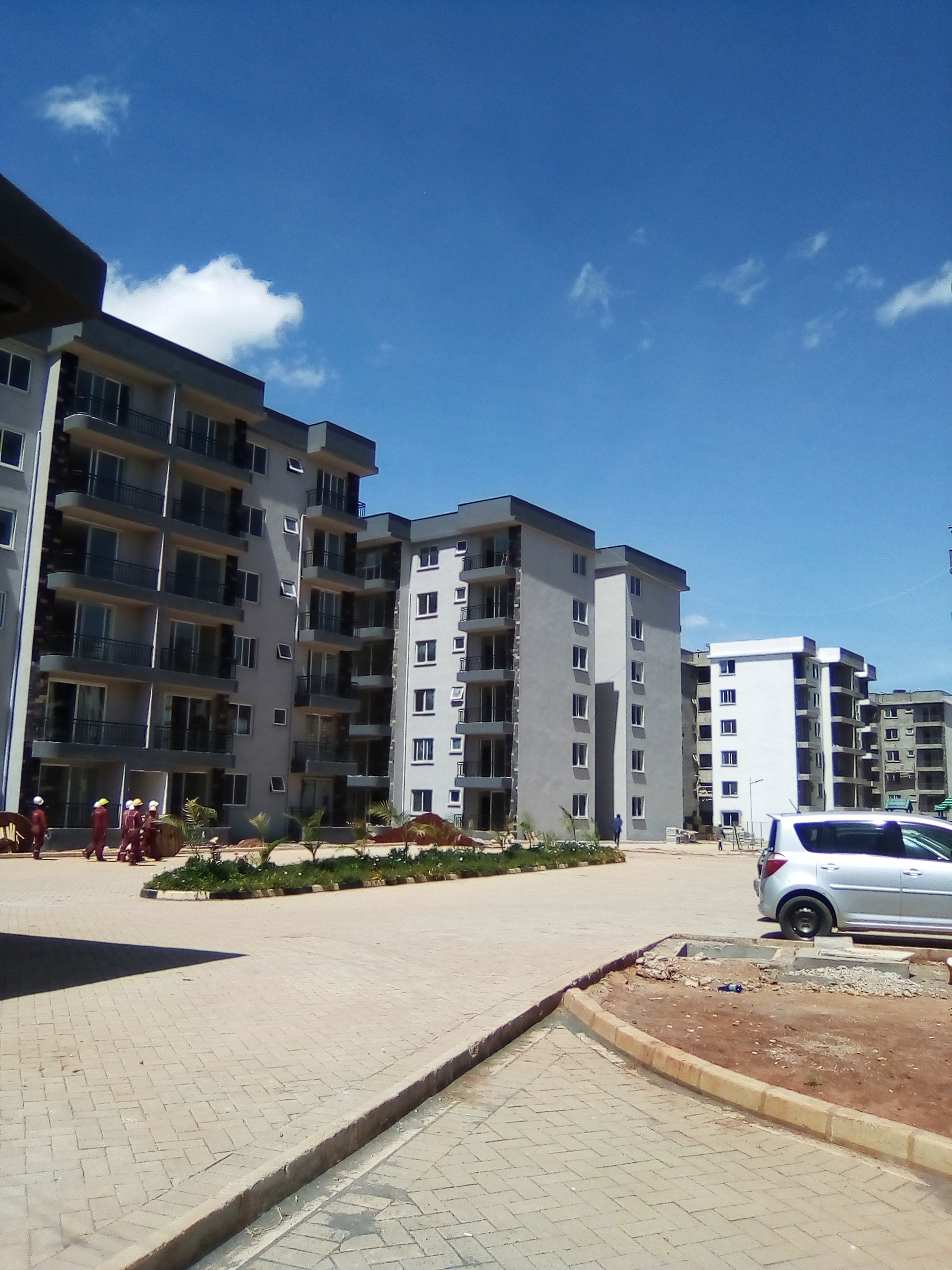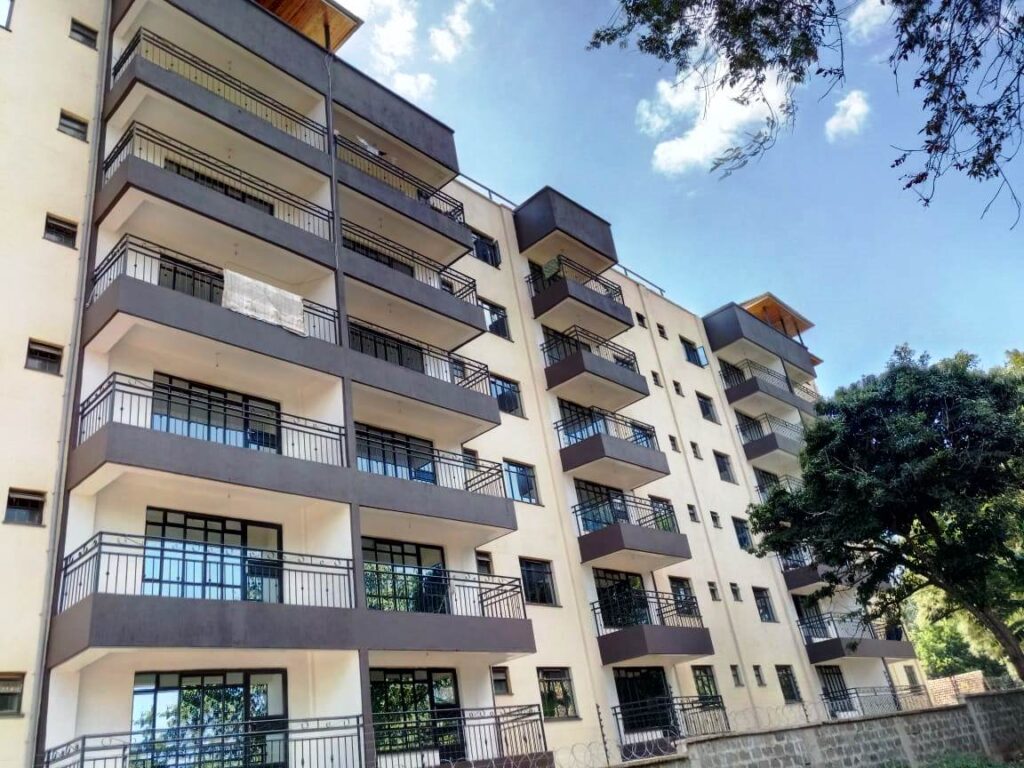While the elite of Nairobi tussle over prime city property to put up concrete towers, majority of Kenyans continue to build using mud and cow dung.
And while the cost of housing in the city keeps on rising, sparking debates among industry players on possible overpricing, many...
 The Standard Group Plc is a multi-media organization with investments in media platforms spanning newspaper print
operations, television, radio broadcasting, digital and online services. The Standard Group is recognized as a
leading multi-media house in Kenya with a key influence in matters of national and international interest.
The Standard Group Plc is a multi-media organization with investments in media platforms spanning newspaper print
operations, television, radio broadcasting, digital and online services. The Standard Group is recognized as a
leading multi-media house in Kenya with a key influence in matters of national and international interest.


